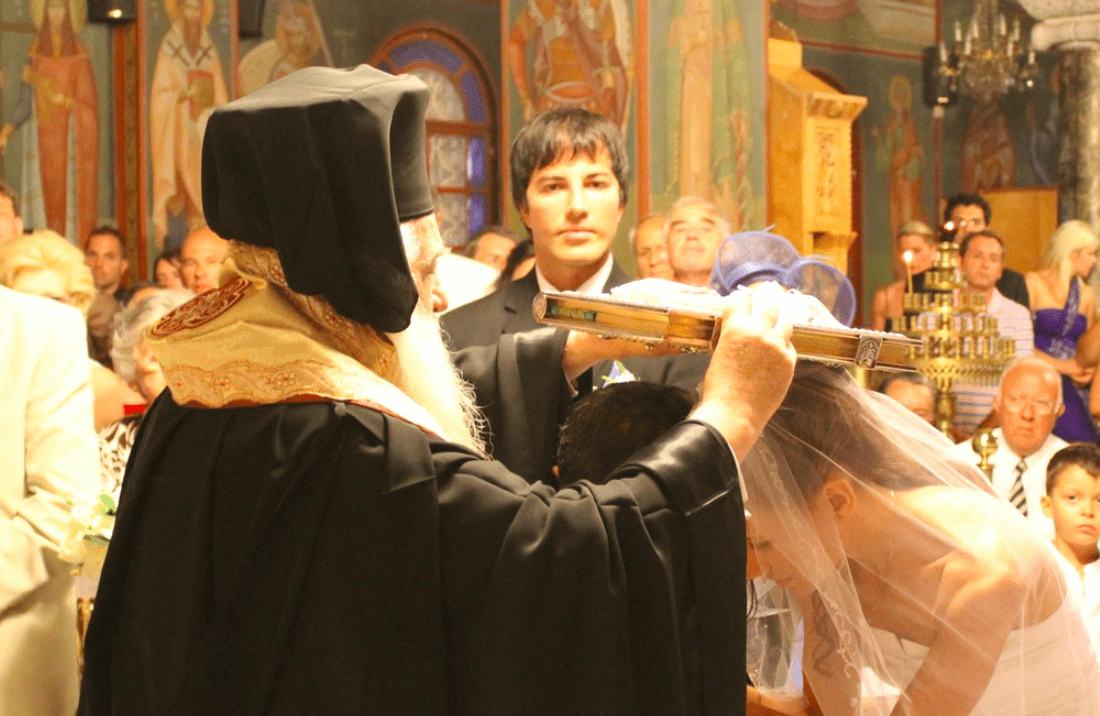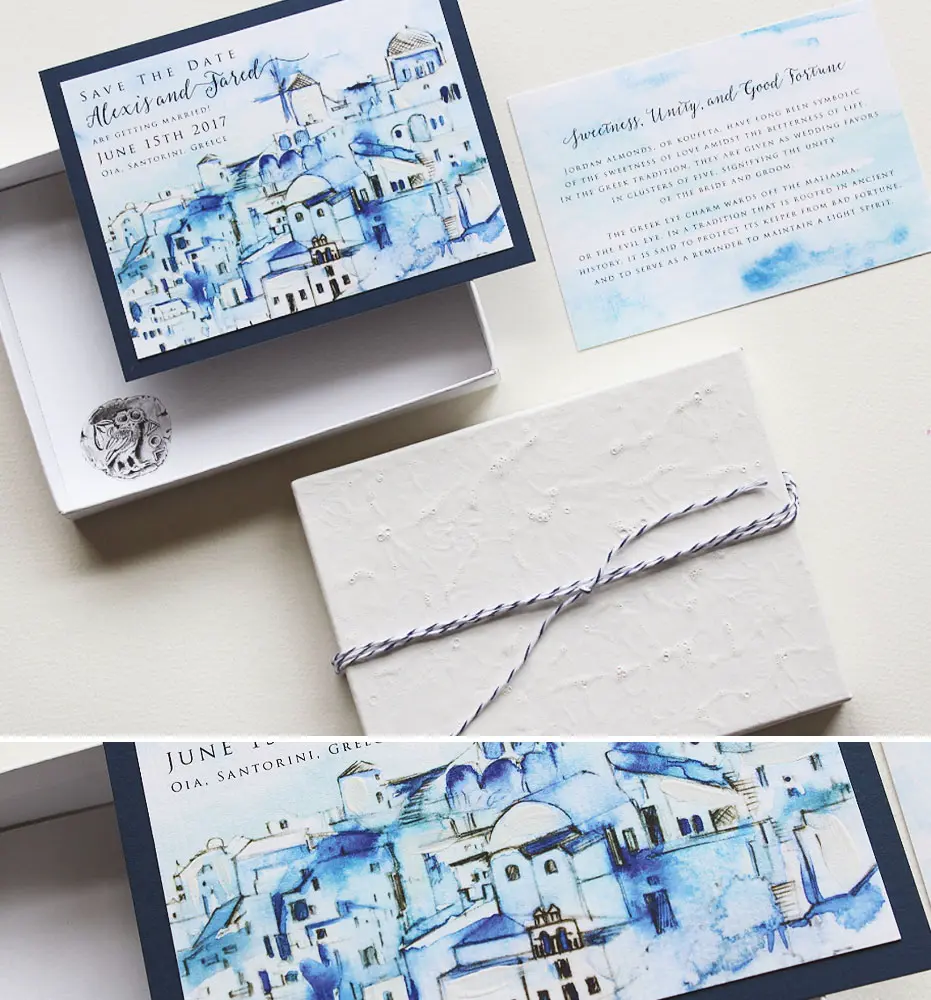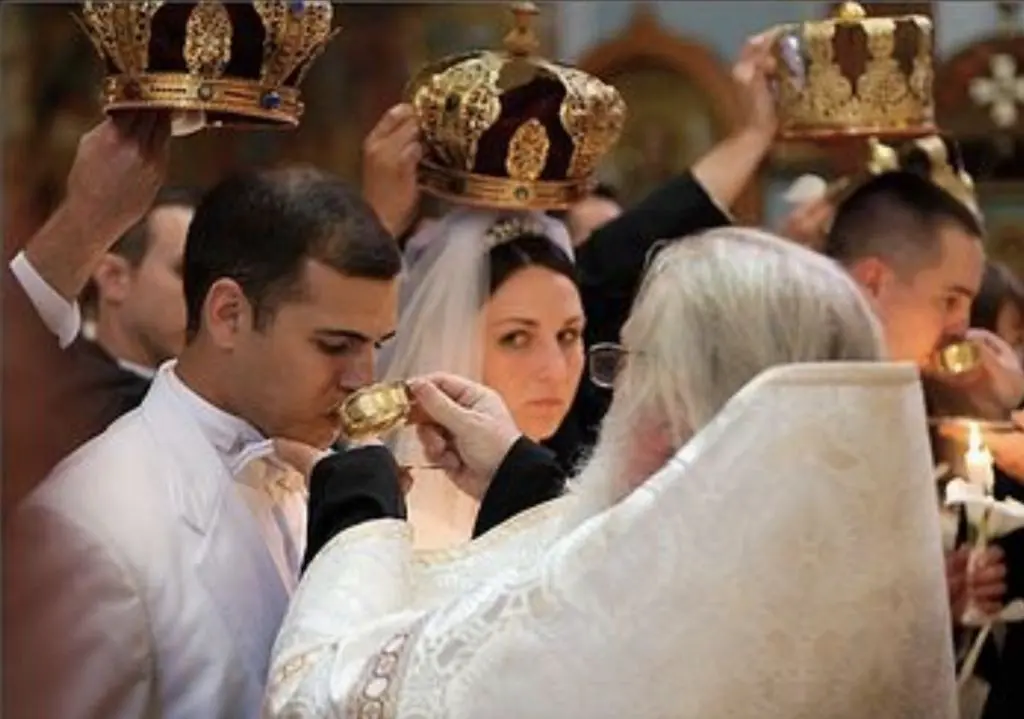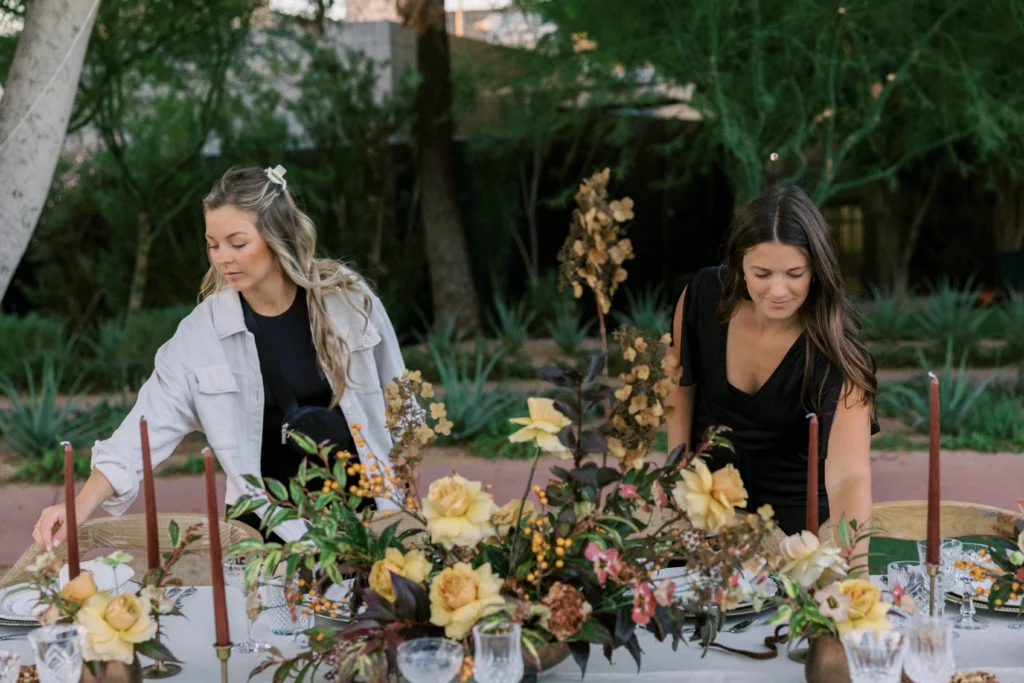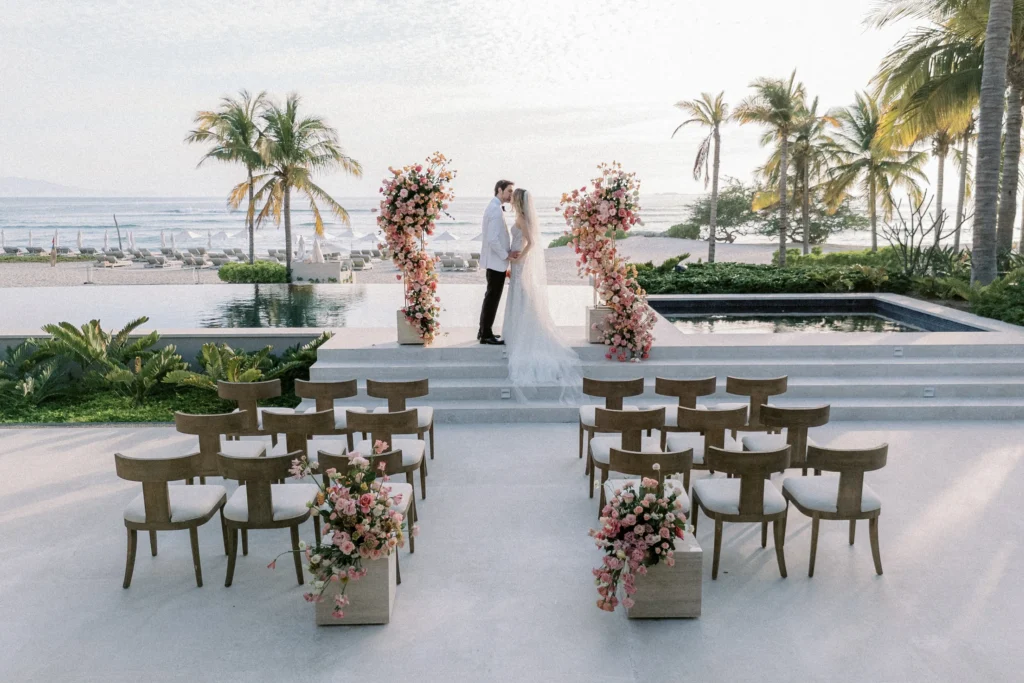The Beautiful Traditions of Greek Weddings
Choosing the Wedding Date
In Greek Orthodox tradition, some dates are considered lucky, while others should be avoided.
Dates to Avoid:
- The first two weeks of August are dedicated to the Virgin Mary.
- The 40 days of Lent before Easter.
- August 29 marks the death of Saint John the Baptist.
- September 14 celebrates the Exaltation of the Holy Cross.
- The 40 days leading up to Christmas.
Good Months for Marriage:
- January: Dedicated to Hera, the goddess of marriage and fertility.
- June: Honoring Juno, the Roman translation of Hera.
The Marital Bed Tradition
Friends and family prepare the couple’s bed in their home. They throw money and rice onto the bed to symbolize prosperity and putting down roots. Then, a baby is rolled on the bed to bless it with fertility. Superstitious beliefs suggest that the gender of the first baby will be the same as that of the baby placed on the bed.
Dressing the Couple
On the wedding morning, the best man (koumbaro) shaves the groom to signify trust. Friends then help dress him. The maid of honor (koumbara) leads the bridal party to assist the bride in getting ready. The names of single ladies are written on the bride’s shoes, and those whose names wear off by the end of the reception are believed to marry soon.
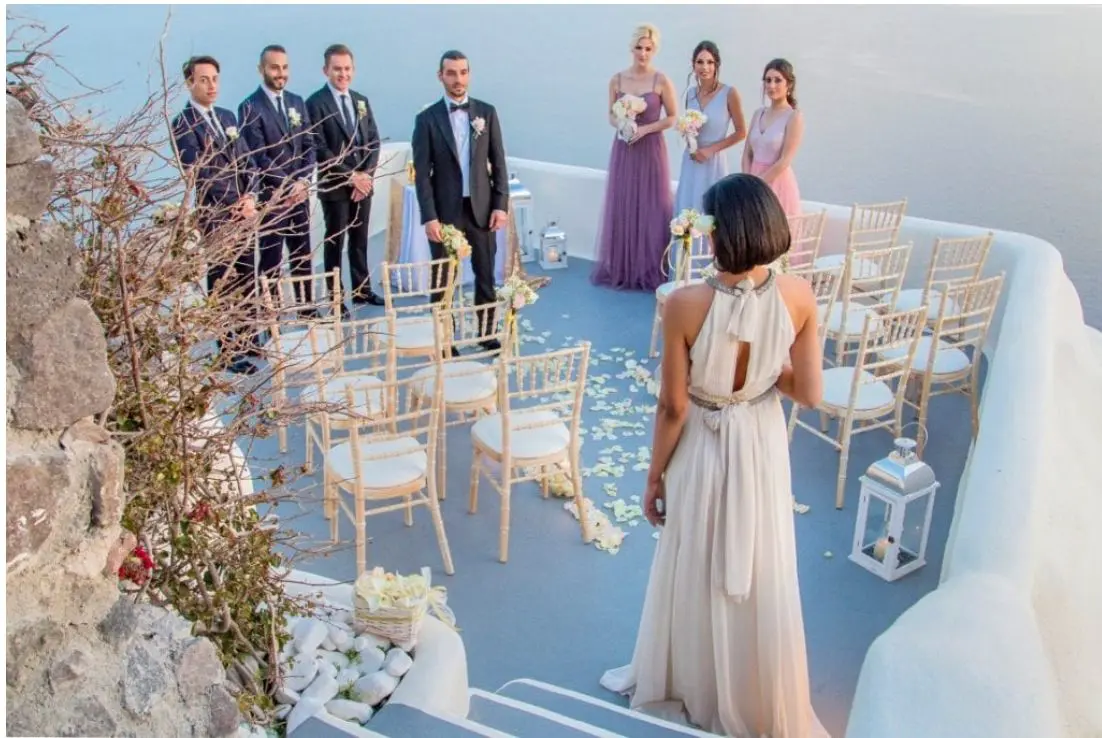
Symbols of Good Luck
Several good luck traditions are observed during Greek weddings:
- A lump of sugar inside the bride’s glove ensures a sweet life.
- A gold coin in the bride’s shoe brings financial fortune.
- Iron in the groom’s pocket wards off evil spirits.
- Odd numbers of guests and attendants are invited for luck, as odd numbers cannot be divided.
- Spitting three times after offering congratulations or compliments brings greater luck.
During the Ceremony
Blessing the Rings: At the start, the rings are placed on the couple’s wedding fingers and exchanged three times by the koumbaro. The priest then blesses them three times.
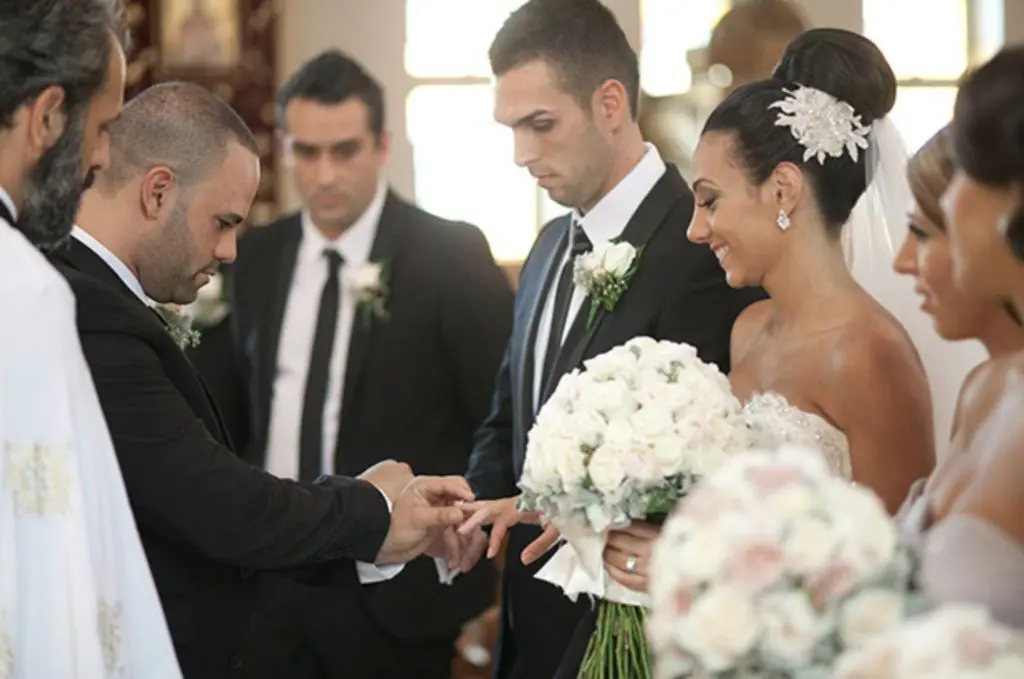
Candles and the Common Cup: The couple holds candles representing the light of Christ and shares three sips of wine from a common cup, symbolizing a successful union.
Readings: Two traditional readings feature in Greek Orthodox weddings:
- The Epistle of St. Paul to the Ephesians highlights the union of two people.
- The Gospel According to St. John recounts the miracle of turning water into wine.
Wedding Crowns: Marital crowns, or Stefana, made from flowers, foliage, or precious metals, symbolize the union of two people. The koumbaro swaps the crowns three times, and the couple wears them while walking around the altar three times, representing their journey through life together.
Dance, Dance, Dance!
Traditional Greek wedding dances, such as the Tsamiko, Zeibekiko, and Sirtaki, involve guests holding hands and dancing in a circle. Newlyweds share the last dance of the night, with guests throwing money or pinning money to their clothes.
Bonbonniere
After the wedding ceremony, guests receive Koufeta (sugar-coated almonds) packaged in odd numbers. They symbolize purity, fertility, and the endurance of marriage.
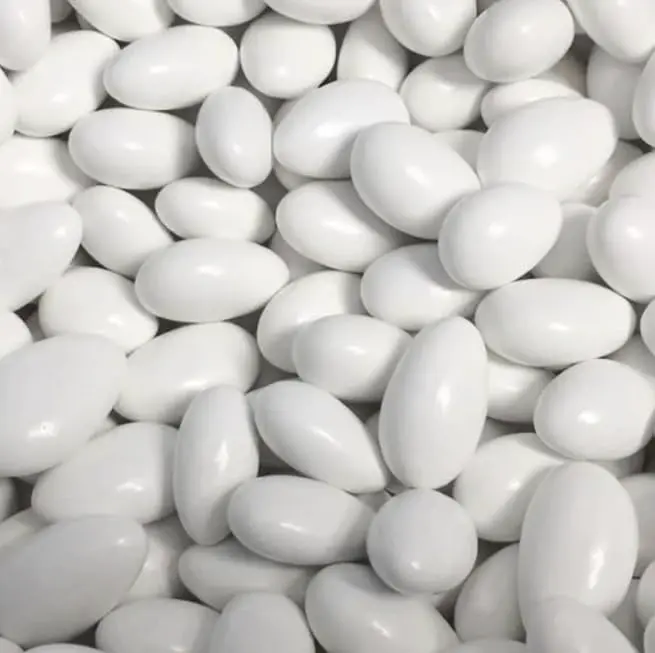
More Greek Wedding Traditions
The Bridal Dowry: The bride’s family prepares a dowry of linens, embroideries, and handmade items to give to the couple.
The Koufeta Throw: Koufeta is also thrown over the heads of the couple during the ceremony to symbolize fertility.
The First Dance: The couple’s first dance is often the Kalamatianos, a traditional Greek circle dance.
The Candle Lighting: The couple lights a unity candle together, symbolizing their new life as one.
The Departure from the Church: The couple is showered with rose petals or rice after the ceremony, symbolizing fertility and prosperity.
Greek wedding traditions create a celebration filled with love and meaningful rituals. These traditions add depth to the wedding experience and create lasting memories for the couple and their guests.
Are you thinking of a Greek wedding or honeymoon? Maybe a romantic getaway? Check out this gorgeous property on Crete:
ABATON ISLAND RESORT & SPA
More International Wedding Customs & Traditions We Love
Sentimental Wedding Traditions From Around the World
So, add at least one of these sweet traditions to your wedding based on your destination or heritage.

